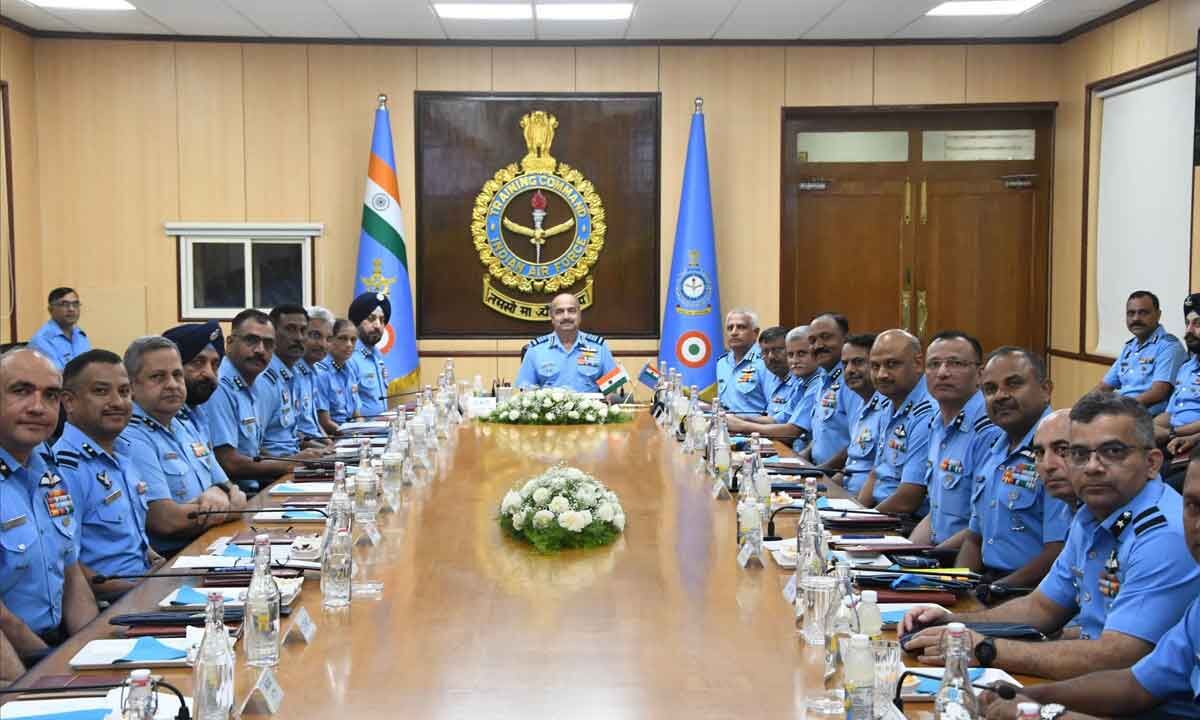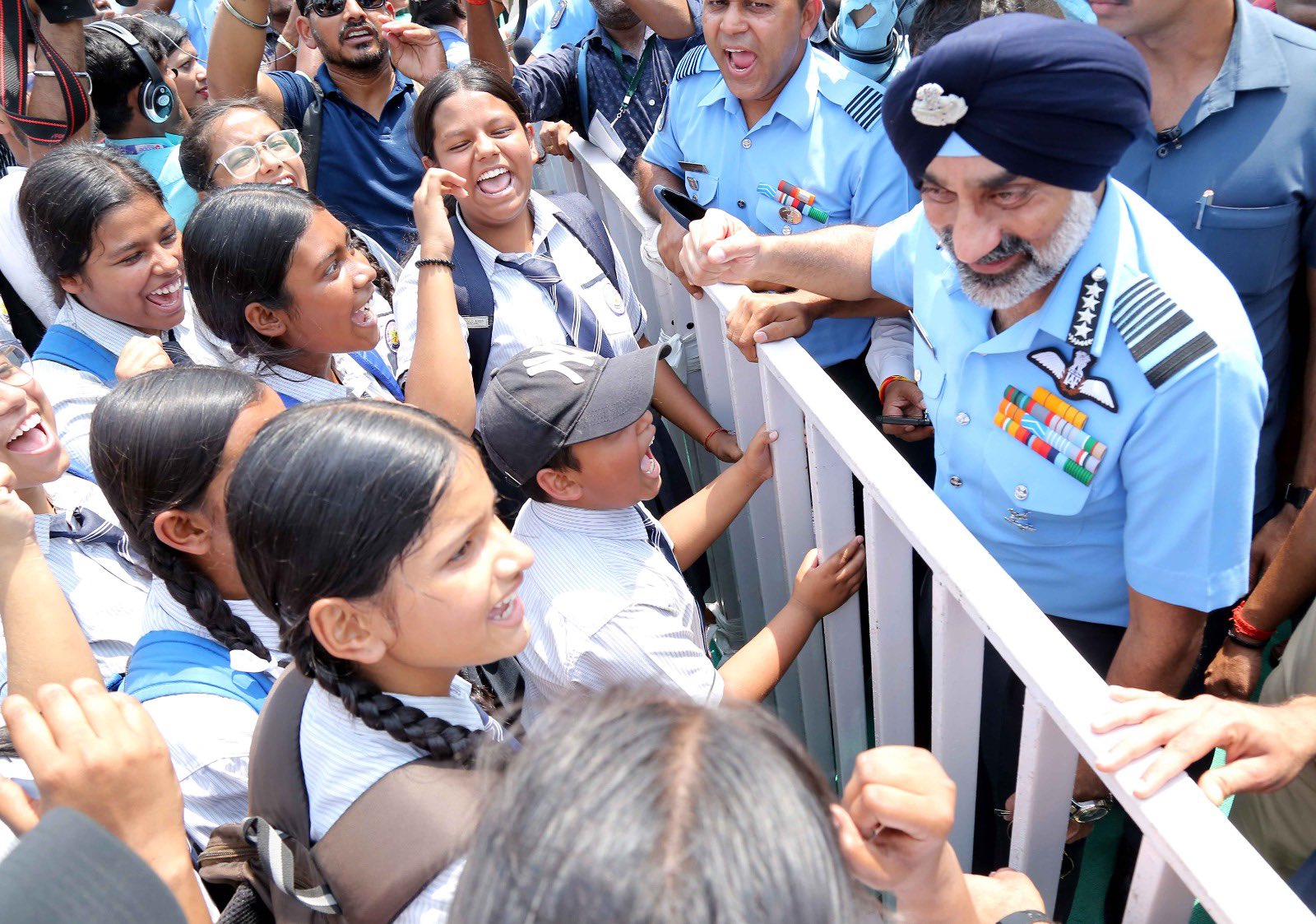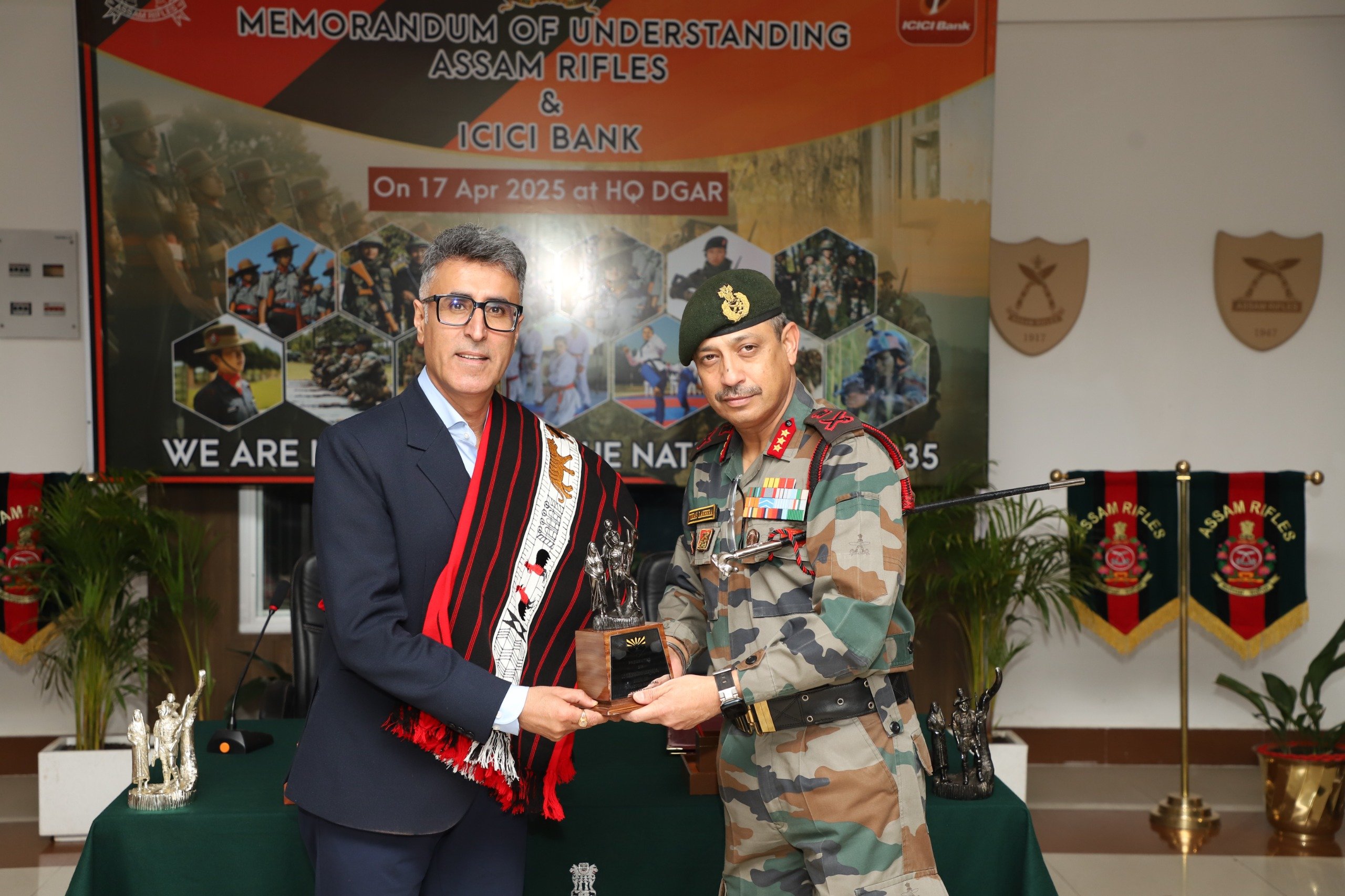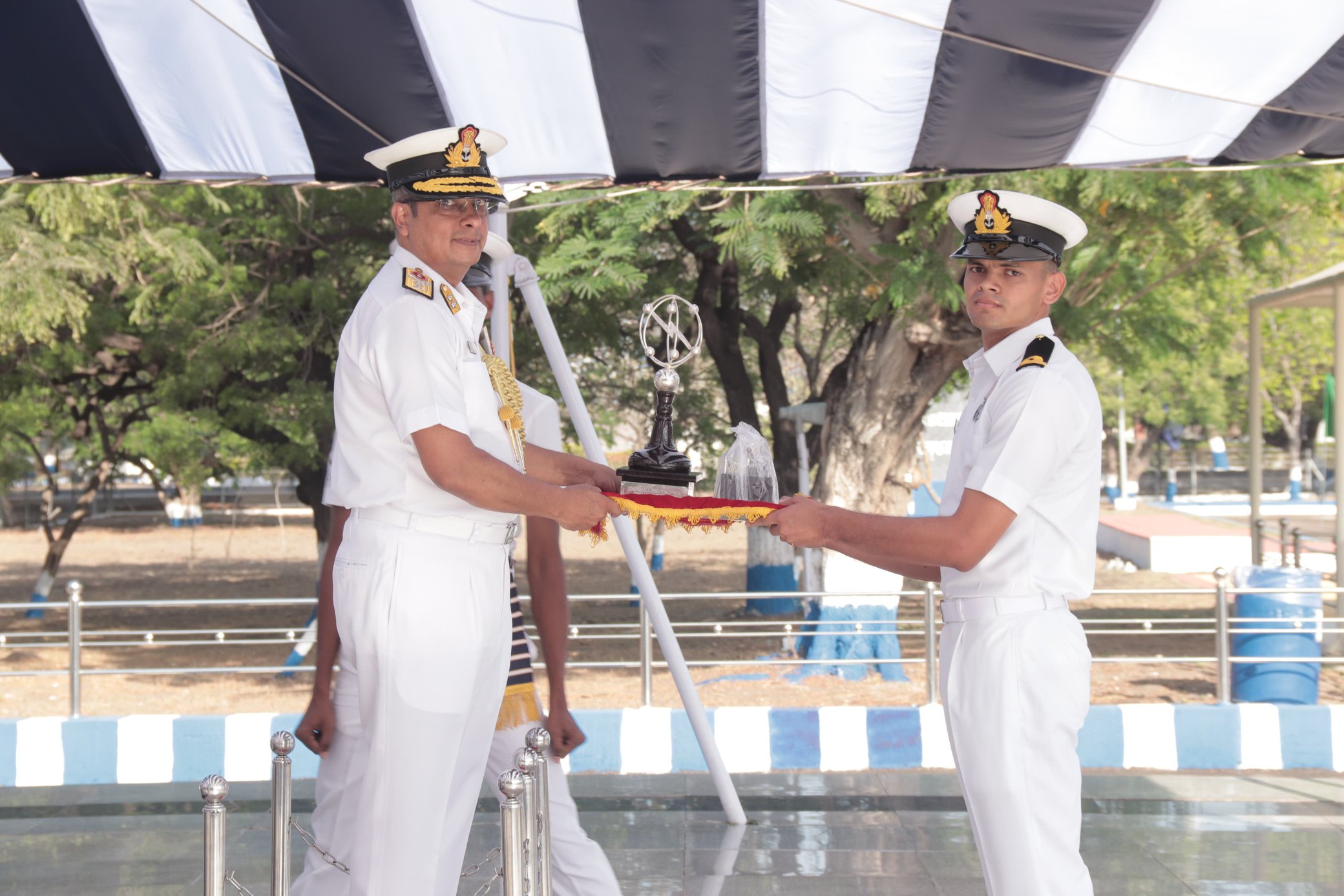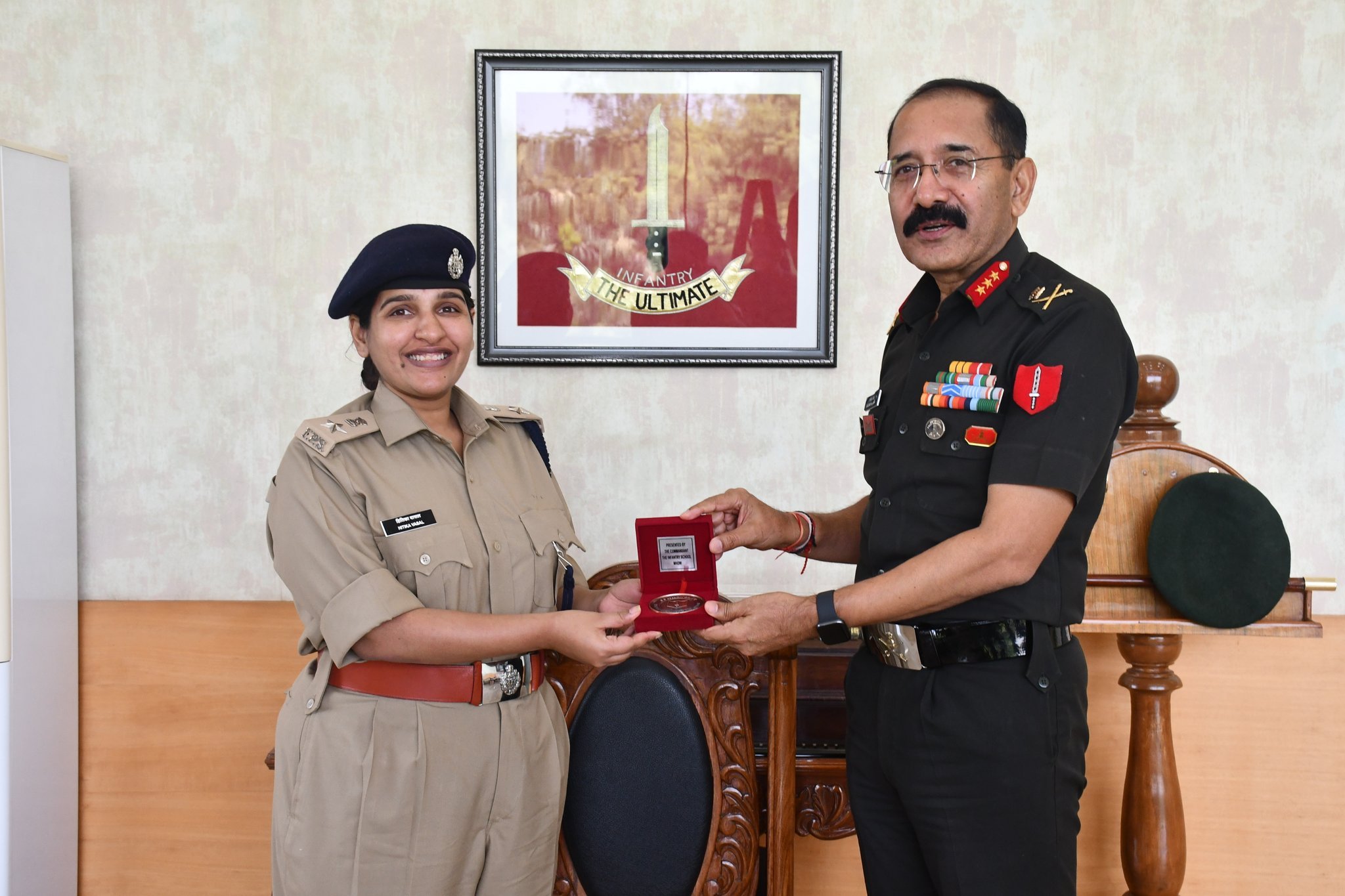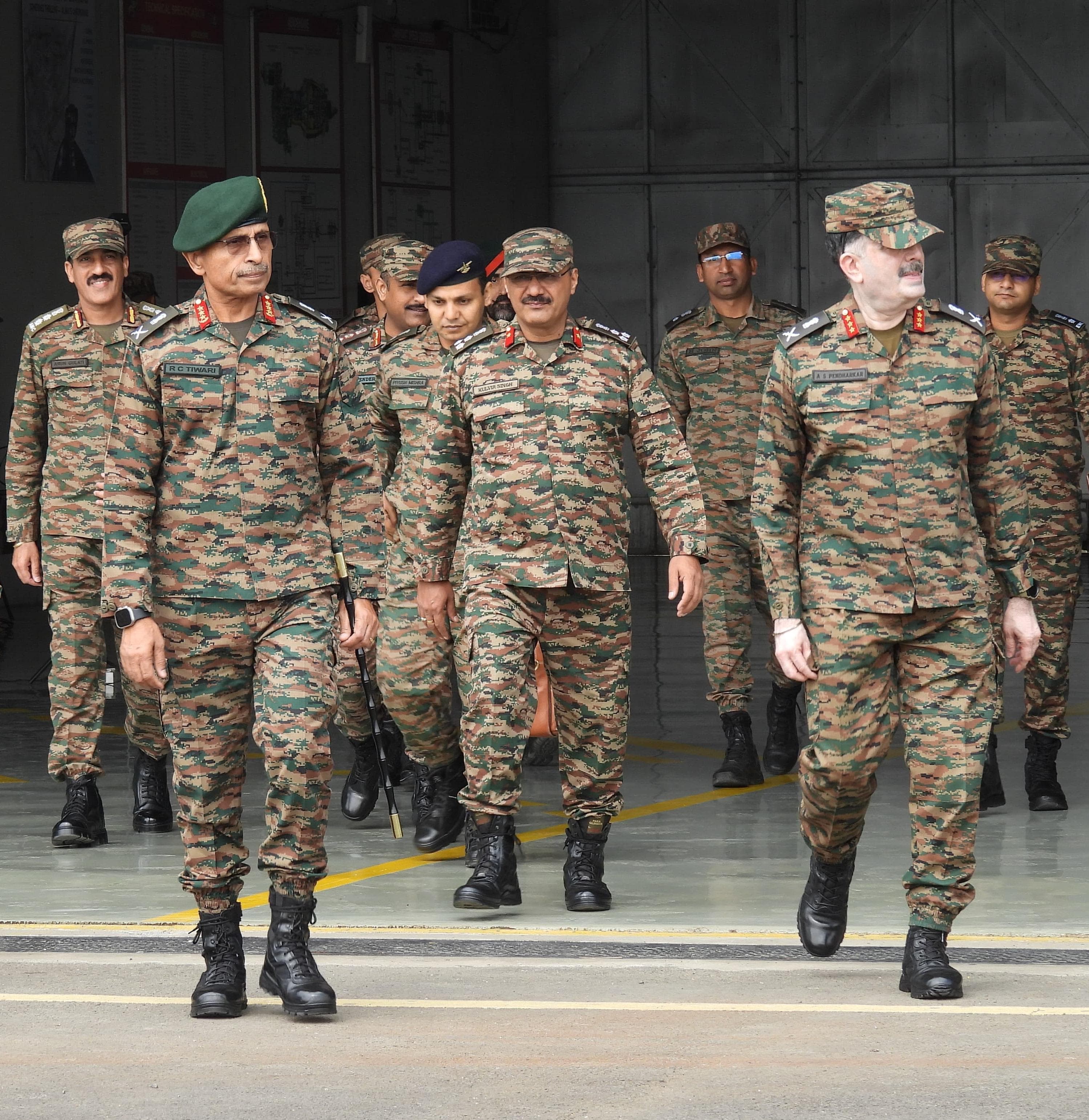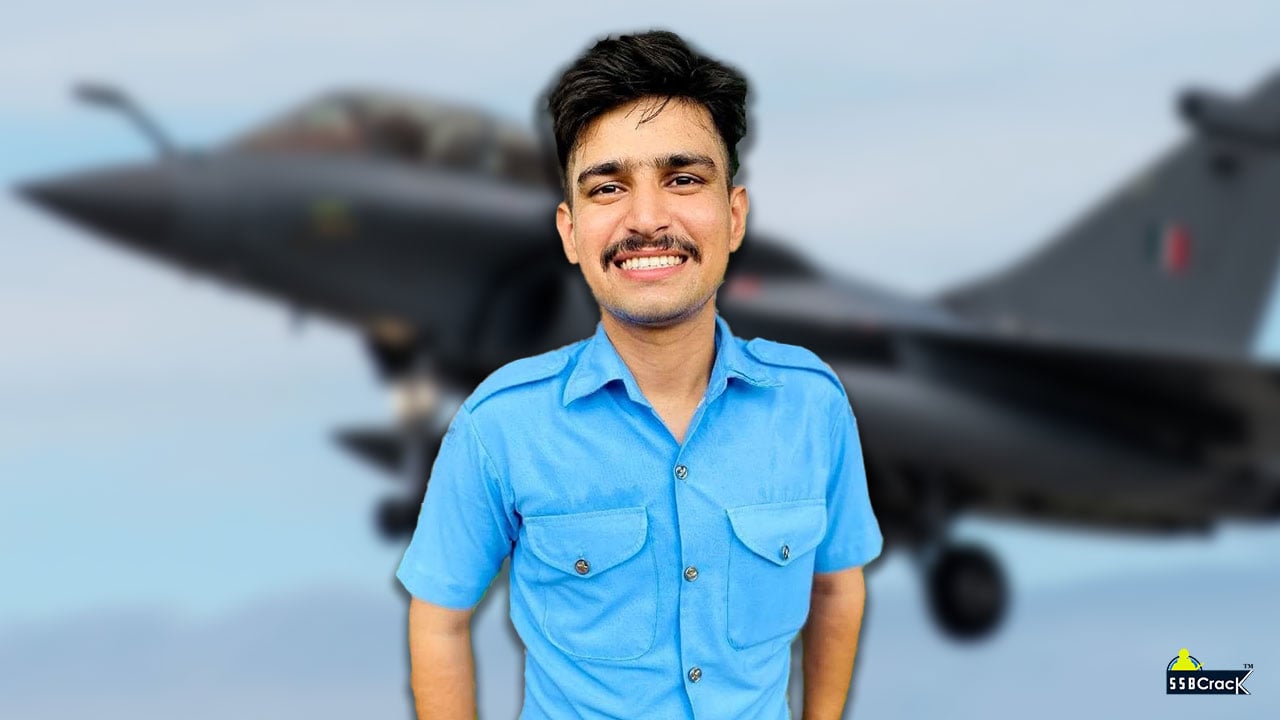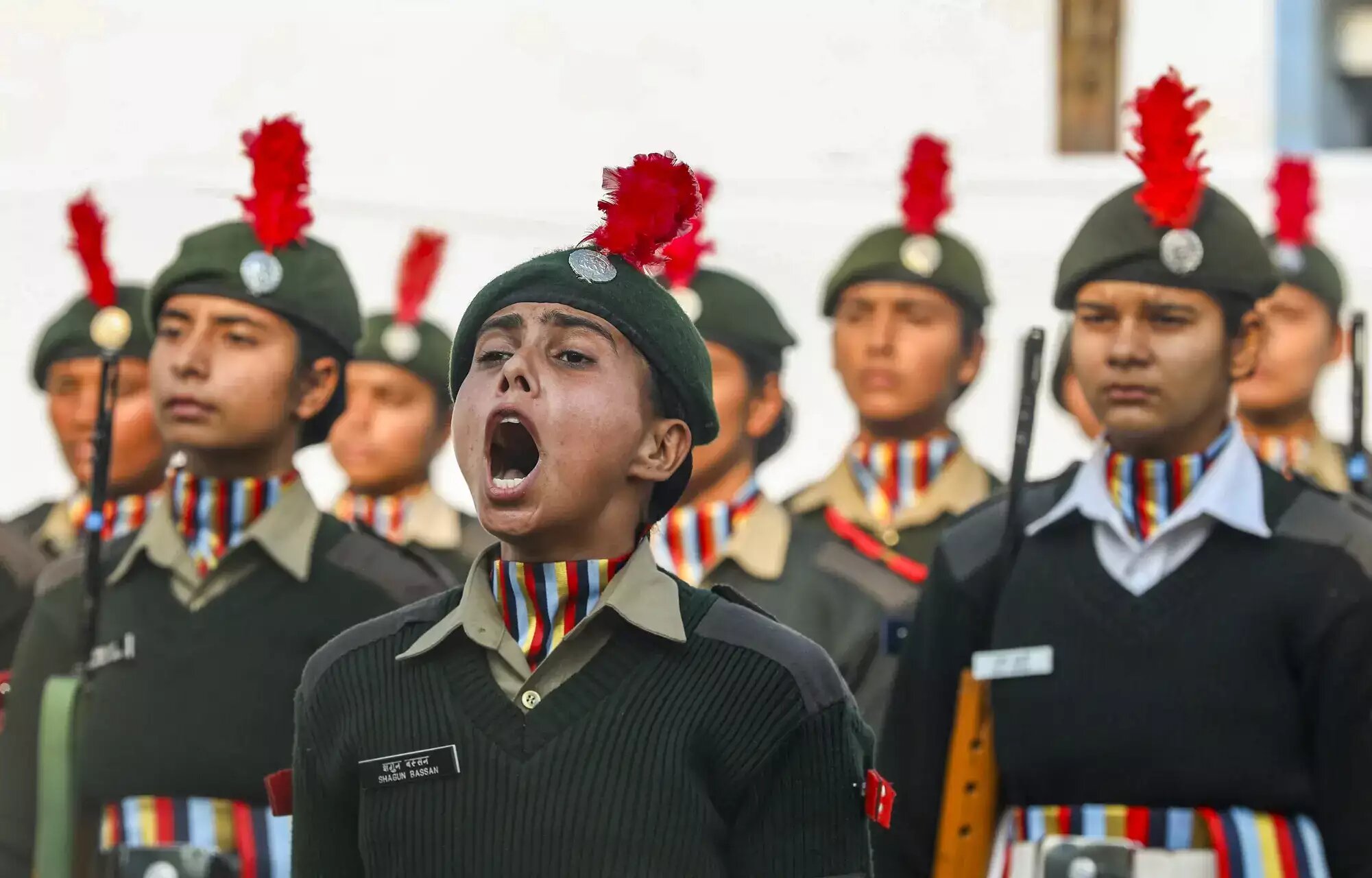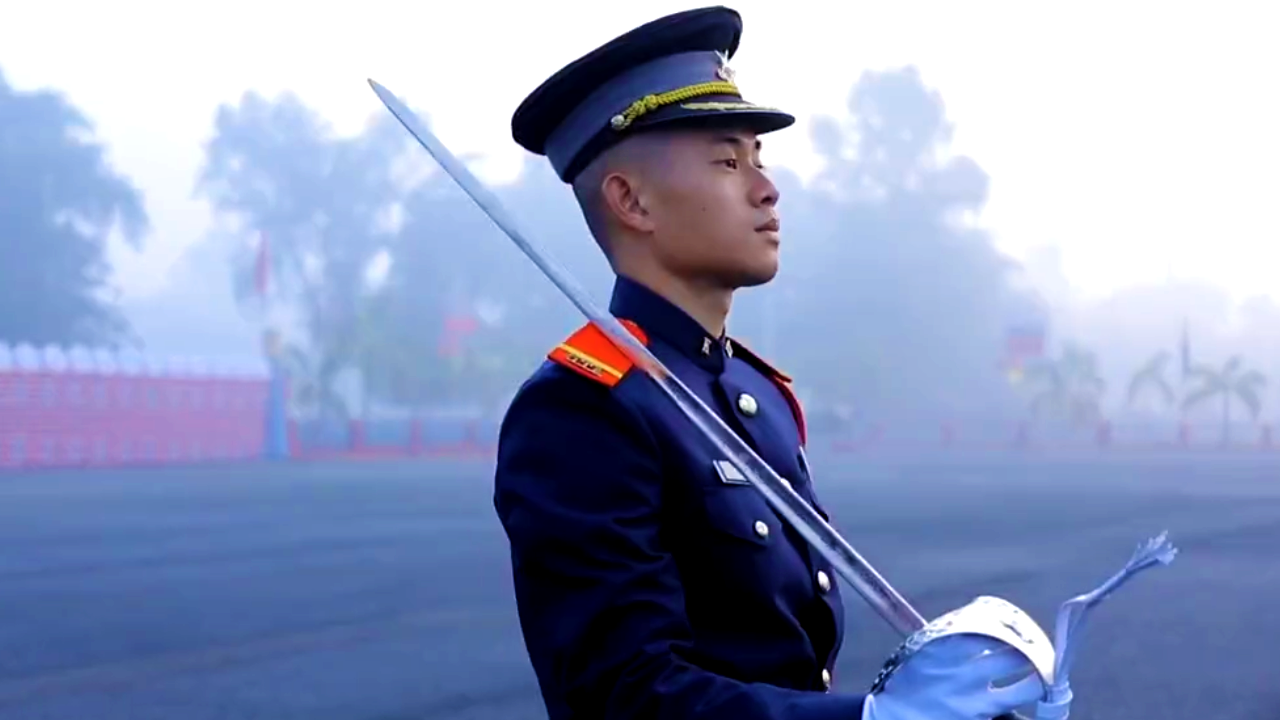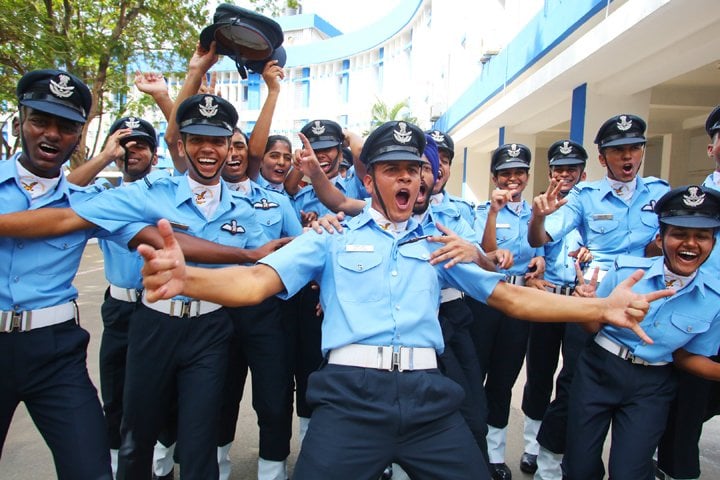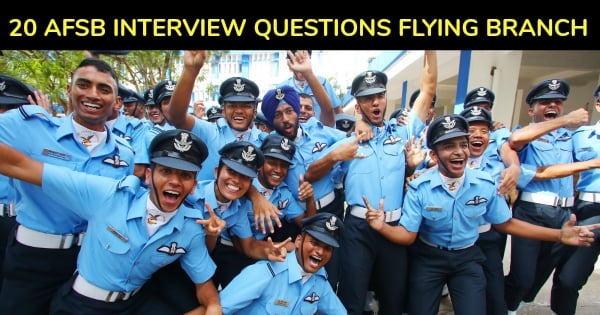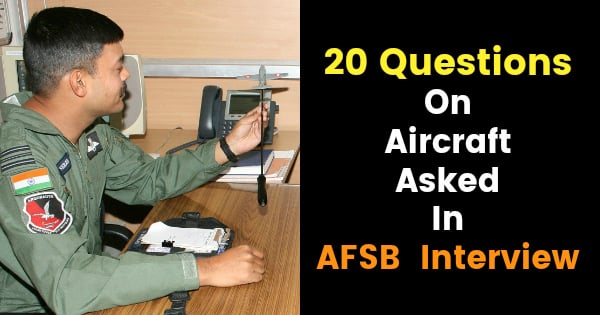The Indian Air Force (IAF) is set to convene its biannual commanders’ conference from November 18 to 20 at Air Headquarters in Delhi. This pivotal gathering will concentrate on assessing the IAF’s operational preparedness, particularly with regards to winter operations along the strategically significant northern border areas of the country. The conference will feature a keynote address by Defence Minister Rajnath Singh on November 19, adding a layer of governmental insight into military readiness and operational strategy.
The agenda for the conference will engage high-ranking officials in critical discussions aimed at bolstering integration across all branches of the armed forces. This effort is intended to enhance interoperability and streamline coordinated operations, which are essential components for effective defense in a multi-front scenario.
A significant portion of the conference will be dedicated to reviewing the IAF’s modernization and upgrade strategies. This is crucial for maintaining a technological edge over potential adversaries and adapting to the shifting dynamics of regional security challenges. As part of this analysis, attendees will outline future operational priorities that will directly inform infrastructure requirements moving forward.
One pressing issue under consideration is the current shortage of fighter squadrons within the IAF. Though the force is authorized to maintain 42 squadrons in order to effectively address potential two-front conflicts, it currently operates with approximately 31 to 32 squadrons. This shortfall is attributed to the retirement of aging aircraft, such as the MiG-21s, as well as delays in the acquisition of new platforms.
In response to these challenges, the Indian Air Force is taking decisive steps to expedite the procurement of Rafale fighter jets and advance the development of indigenous aircraft platforms. This includes the Light Combat Aircraft (LCA) Tejas and the Advanced Medium Combat Aircraft (AMCA), which are seen as critical to bridging the operational gap and ensuring the IAF remains capable and ready to respond to evolving threats.
Overall, the commanders’ conference promises to be a decisive moment for the Indian Air Force, focusing on operational readiness, modernization efforts, and the future of aerial combat capabilities in a complex regional security environment.

